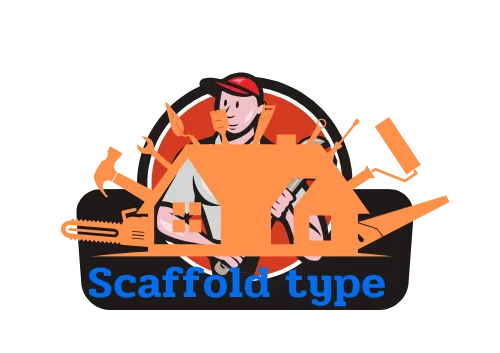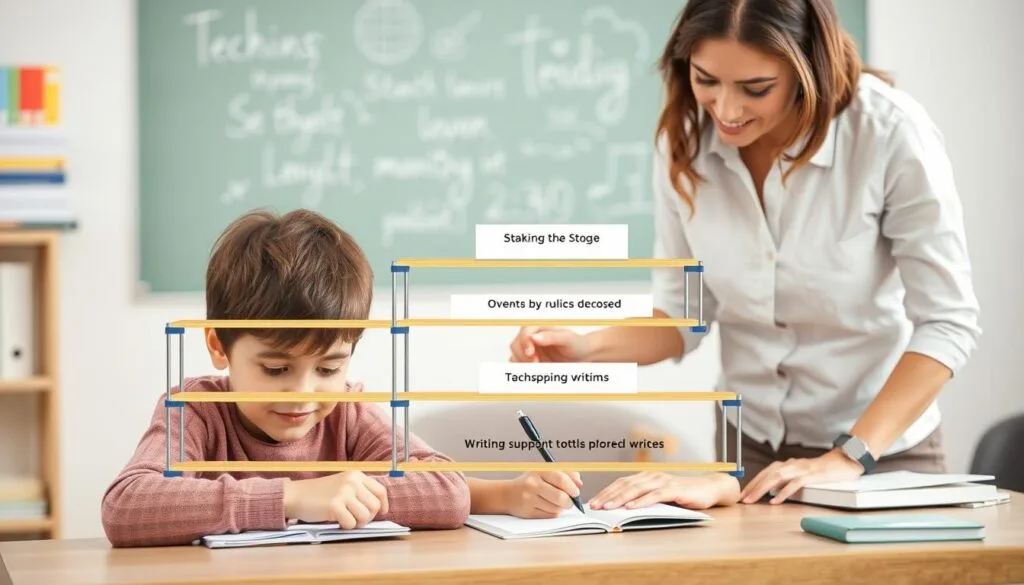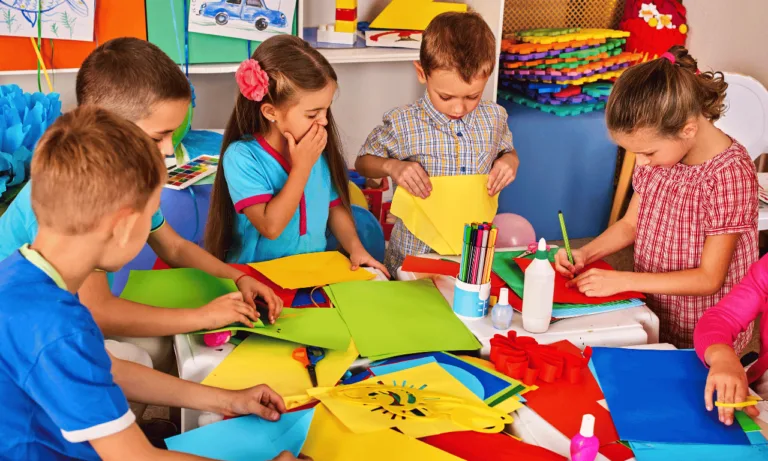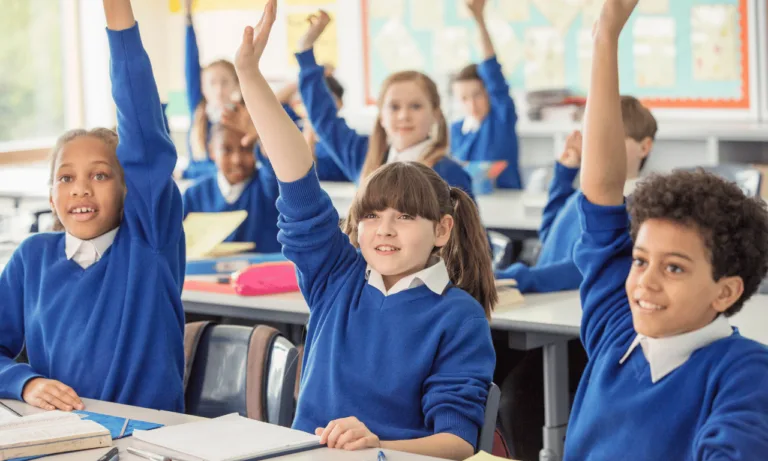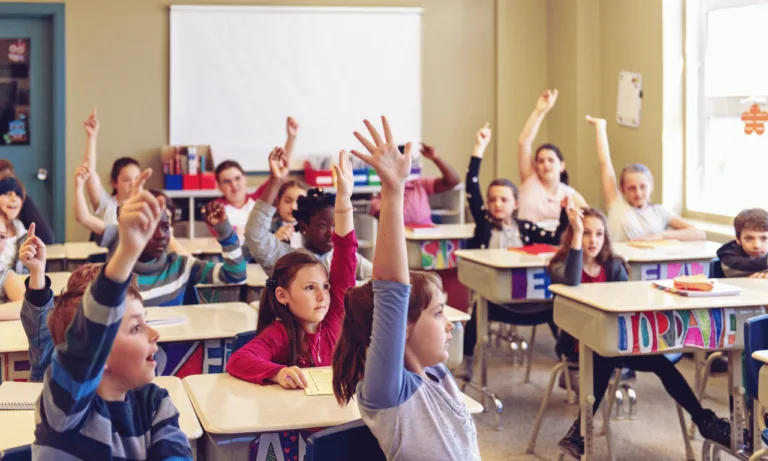Phone:
(+65)8319-0742
In education, scaffolded instruction is a key tool to help all students learn better. It uses differentiated instruction to give support that learners can use and then let go of. This method meets students where they are, offering activities that challenge but are still within reach.
Scaffolded instruction is a flexible way to teach that meets each student’s needs. It builds on what students already know and connects new info to their understanding. This makes learning personal and engaging for everyone.
In primary school, scaffolded instruction really shows its value. It helps with reading, writing, and math by breaking down hard tasks into smaller steps. With the right support, students gain the skills and confidence they need to keep learning on their own.
This method does more than just teach facts; it sparks a love for learning. It creates a supportive space where students feel encouraged to try new things and celebrate their successes. With scaffolded instruction, every student can grow and find joy in discovery. It turns classrooms into places where everyone can succeed, step by step.
Let’s use this powerful approach to unlock our students’ full potential. Scaffolded instruction is not just a way to teach; it’s a way to help every child shine. By meeting our students where they are and guiding them forward, we promise to bring out their unique brilliance.
Key Takeaways
- Scaffolded instruction provides temporary support structures that adapt to each learner’s needs and background
- By building on prior knowledge and establishing links to new information, teachers can create personalized learning paths
- Scaffolding strategies empower primary school students to tackle complex tasks with confidence
- Breaking down challenges into manageable steps and providing targeted support fosters lifelong learning skills
- Scaffolded instruction creates a supportive environment that celebrates progress and encourages exploration
What is Scaffolded Instruction?
Scaffolded instruction is a way to help students learn new things by giving them support and guidance. It breaks down hard tasks into smaller steps. Teachers help along the way and slowly give more responsibility to the students as they get better.
This method uses the gradual release model. It makes learning easier and helps students become independent and grow.
Defining Scaffolded Instruction
This method gets its name from construction scaffolding. Just like scaffolding helps workers build safely, it helps students learn new skills. As students get better, the help is taken away, letting them learn on their own.
“Scaffolding is a process that enables a child or novice to solve a problem, carry out a task, or achieve a goal which would be beyond his unassisted efforts.” – Lev Vygotsky
The Temporary Nature of Scaffolding
Scaffolded instruction is meant to be temporary. As students improve, teachers reduce and then remove the support. This lets students take more control of their learning and think for themselves. Teachers must watch how students are doing and adjust their help to keep them challenged but not too hard.
Adapting Teaching to Support All Students
Students have different needs and backgrounds. Teachers must change their teaching to help everyone. They use different methods, like pictures, hands-on activities, and guided practice, to fit each student’s way of learning. This makes learning welcoming for everyone and helps everyone succeed.
| Scaffolding Phase | Teacher Responsibility | Student Responsibility |
|---|---|---|
| I Do | 90% | 10% |
| We Do | 60% | 40% |
| You Do | 10% | 90% |
By using cognitive apprenticeship and giving responsibility step by step, scaffolded instruction helps students become confident and independent. Teachers provide the support and guidance needed for students to succeed in school and life.
The Importance of Building on Prior Knowledge
In education, using what students already know is key. It helps teachers connect new info to what students already understand. This makes learning stronger and helps students go further.
Establishing Links Between New Information and Existing Knowledge
Scaffolding is all about making learning build on what students know. By using what they already understand, teachers help students get a deeper grasp of new topics. This linking of new to old knowledge is key for remembering and using what they learn.
Studies show that what students know before matters a lot in learning. The National Research Council found that prior knowledge makes learning new things easier and more effective. Teachers can use this to make learning more engaging and meaningful.
Modeling is a great way to link new and old knowledge. Teachers show how to use what they already know in new ways. This helps students see how different ideas connect and builds their skills to make these connections on their own.
Personalizing Learning Paths Based on Students’ Background
Every student comes to class with their own experiences and knowledge. Teachers should get to know these to tailor their teaching. This way, they can make learning fit each student’s strengths and challenges.
Graphic organizers are useful for personalizing learning. They help students organize complex info and support learning at different levels. By using these tools that match students’ knowledge and preferences, teachers can make learning easier and more meaningful.
Scaffolding enhances information retention, self-agency, and communication between teachers and students.
Technology can also help make learning personal. Adaptive learning platforms can check what students know and give them the right lessons and practice. This makes learning more efficient and effective for all students.
Building on what students already know is key for a supportive and empowering learning environment. By linking new to old knowledge and tailoring learning to students, teachers help them gain skills and confidence. This prepares them for success in and out of class.
| Scaffolding Strategy | Description | Benefits |
|---|---|---|
| Modeling | Demonstrating thought processes and strategies for students | Helps students understand expectations and apply prior knowledge to new situations |
| Graphic Organizers | Visual tools that help organize complex information | Supports learning across different stages and aligns with students’ prior knowledge and learning preferences |
| Adaptive Technology | Platforms that assess prior knowledge and provide targeted instruction | Creates a more efficient and effective learning environment that meets diverse student needs |
As educators, we must make learning build on what our students already know. Using scaffolding and personalized instruction helps learners reach their full potential.
Scaffolding Strategies in Primary School Lessons
Scaffolding strategies are key for primary school teachers. They help students understand new ideas and develop important skills. By offering temporary support, teachers help learners grow and succeed in reading, writing, and math.
Guided Reading and Comprehension Support
In primary school reading lessons, scaffolding works well through guided reading. Teachers put students in small groups based on their reading levels. They provide focused support.
By reading aloud and sharing their thought process, teachers show how to understand texts. Tools like story maps help students see and organize important text details. As students get better, they read on their own more.
“Guided reading is an instructional approach that involves a teacher working with a small group of students who demonstrate similar reading behaviors and can read similar levels of texts.” – Fountas and Pinnell, creators of the Guided Reading Framework
Providing Structure and Guidance in Writing
Writing can be tough for young students. But, scaffolding helps them improve their language skills and share their ideas. Teachers use sentence frames or writing templates to help students start and organize their writing.
Activities like peer editing or group brainstorming support students in writing. Breaking down writing into steps and using checklists helps students understand the process. As they get better, they write more on their own.
A study by the National Writing Project found that scaffolded writing instruction improves writing quality and engagement. Students do better with support.
Using Manipulatives and Visual Aids in Math
Math can be hard for young learners because it’s abstract. But, manipulatives and visual aids make math concrete. For example, base ten blocks help students understand numbers better.
Visual aids like diagrams show math concepts clearly. Teachers guide students step by step and model problem-solving. As students understand more, they use manipulatives and visual aids to solve problems on their own.
| Scaffolding Strategy | Benefits |
|---|---|
| Guided Reading | Targeted support based on reading levels, improved comprehension |
| Writing Templates | Structured support for writing, increased confidence and skill development |
| Manipulatives in Math | Visualization of abstract concepts, enhanced problem-solving abilities |
Scaffolding in primary school lessons creates a supportive learning space for all students. It helps learners build a strong base in reading, writing, and math. As students grow, they become independent and ready for new challenges. Scaffolding is a tool that adjusts and fades away as students progress, keeping them in their zone of proximal development and supporting their growth.
Adjusting to the Zone of Proximal Development
To make learning better, teachers need to change how they teach. They should focus on each student’s zone of proximal development (ZPD). This is the gap between what a student can do alone and what they can do with help from someone who knows more.
By teaching at this “sweet spot,” students can grow their knowledge and skills. They also get the help they need to face new challenges.
Identifying the “Sweet Spot” for Learning
Good teaching means knowing where each student is in their ZPD. Teachers look at what students can do now, what they know already, and how much they can grow. They use tests and watch how students do things to find the right level of difficulty for lessons.
Teaching at the ZPD keeps students from getting too frustrated or bored. They are challenged but still get the help they need to do well.
Designing Challenging Yet Achievable Activities
After finding the ZPD, teachers create lessons that are both challenging and supportive. They break hard tasks into smaller steps, give clear instructions, and provide feedback. Using cognitive apprenticeship, like showing, guiding, and slowly giving less help, helps students learn new things in their ZPD.
As students get better, teachers can make activities harder to keep them growing and interested. Giving the right kind of support is crucial for moving through the zone of proximal development and making learning meaningful.
